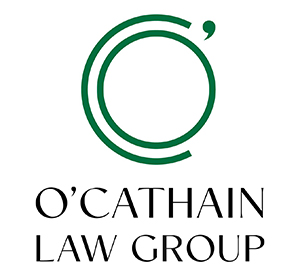Personal Injury Lawyer
A “Cause of Action” is a set of pre-administered and chosen elements which are laid out to allow the ability for legal action to take place. Imagine this step within the civil litigation process as trying to make up the grounds for which the overall case will arise out of, without a cause of action, there can be no civil lawsuit. To select a cause of action, they generally must contain two parts, the legal theory, which pertains to the legal wrong which the defendant has committed, and the remedy, which is the relief which the plaintiff is asking the court to grant. Through the fact-finding process within the case, facts or mitigating circumstances can be discovered which can lead to multiple causes of action.
The elements which are commonly laid out can differ depending on constitution, administrative regulation, statute, or even judicial precedent. As an experienced personal injury lawyer explains, there is a general guideline as to how the foundation for a cause of action must be done. Some of the steps to identify a cause of action can include:
- Establishing the existence of a legal possessory right.
- Determining the defendant’s legal duty to act. Some of the ways to determine whether the defendant within the case had a duty to act include voluntary undertaking (the defendant volunteered to protect plaintiff from harm), knowledge (the defendant knows/should be aware that their contact will cause direct harm to the plaintiff), and the defendant engaged in the creation of the risk which was the direct and proximate cause to the plaintiff’s harm.
- Proving wrong or violating the plaintiff.
- Establishing the concurrence of right, duty, and wrong. While every person is rendered some set of rights which can be granted to or against another or public at large, they cannot be taken away. The right within this legal idea is an interest protected by the law and/or state, which mandates the protection of another through these sets of rights, which can ultimately give evidence to wrongful doing if not followed.
- Proving damage or loss. These incurred damages can be defined as any injury or loss that occurred due to the failures of the defendant, including financial, educational, occupational, or regarding health-related matters.
- Demonstrating concurrence of wrong and damage.
Some examples of causes of action include:
- Contractual: A violation of terms of the contract by one of the binding parties which ultimately resulted in and caused the loss of injury to the plaintiff. The main objective within this sub-type of cause of action is to restore the plaintiff with monetary damages to remedy the harm caused.
- Statutory: This sub-type of a cause of action is related to the sale of goods and the potential loss which can occur with false representation of the product being sold and the harm caused to the plaintiff using said product.
- Fraudulent misrepresentation: The defendant made a false representation regarding material fact or relied on the fraudulent misrepresentation, which ultimately results in the loss or injury to the plaintiff.
- Conversion: The intentional deprivation of an item from the plaintiff, ultimately causing loss.
- Negligence: The four main categories include the existence of the legal duty of the defendant, failure to perform said duty, harm sustained by the plaintiff due to the actions of the defendant, and the failure to perform the duty or the negligent act of the defendant which results in the cause of action within the suit.
- Defamation: A verbal or written statement made with malice or ill-intention by the defendant which can tarnish the plaintiff’s reputation, ultimately resulting in loss.
- Precedent: Actions arising depending on the common law which claims are based on and identified with the courts.
- Equity-related: Specifically unjust enrichment within an equity-related cause of action means that there is no express contract between parties, and that the plaintiff can recover the amount equal to the advantages provided to the defendant.
Thanks to Eglet Adams for their insight on causes of action, and how they play into the civil litigation process.
